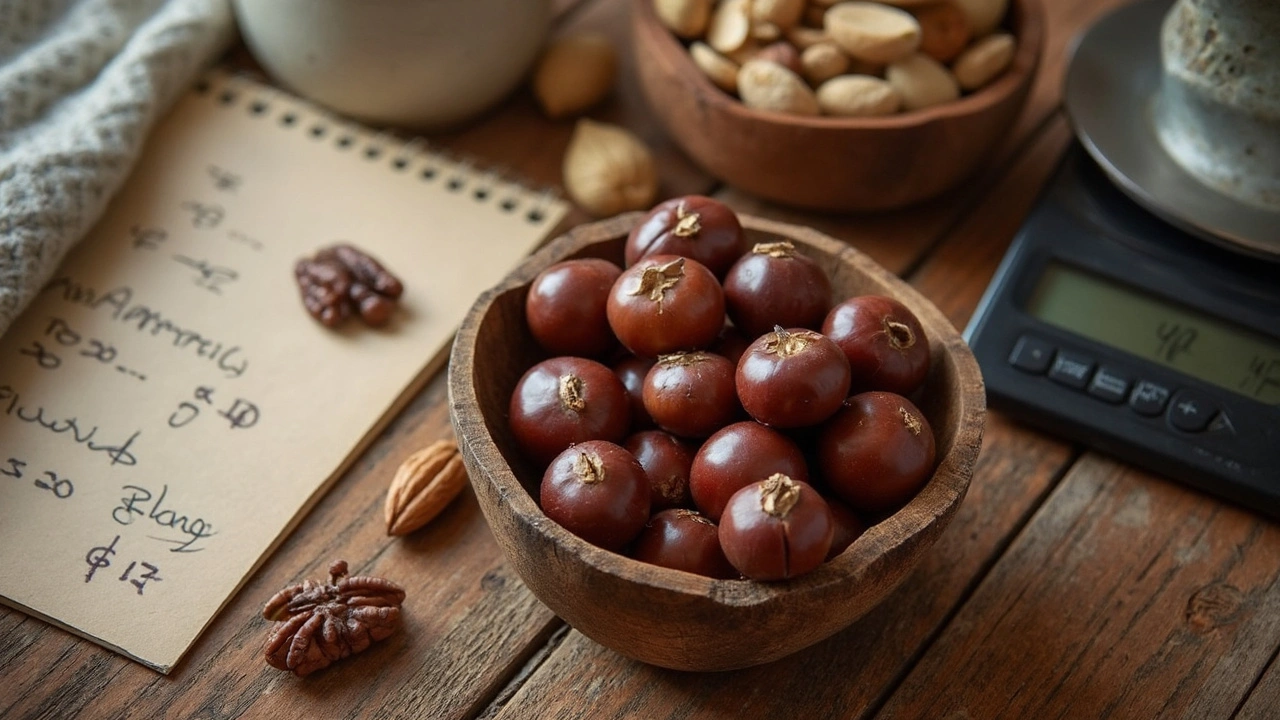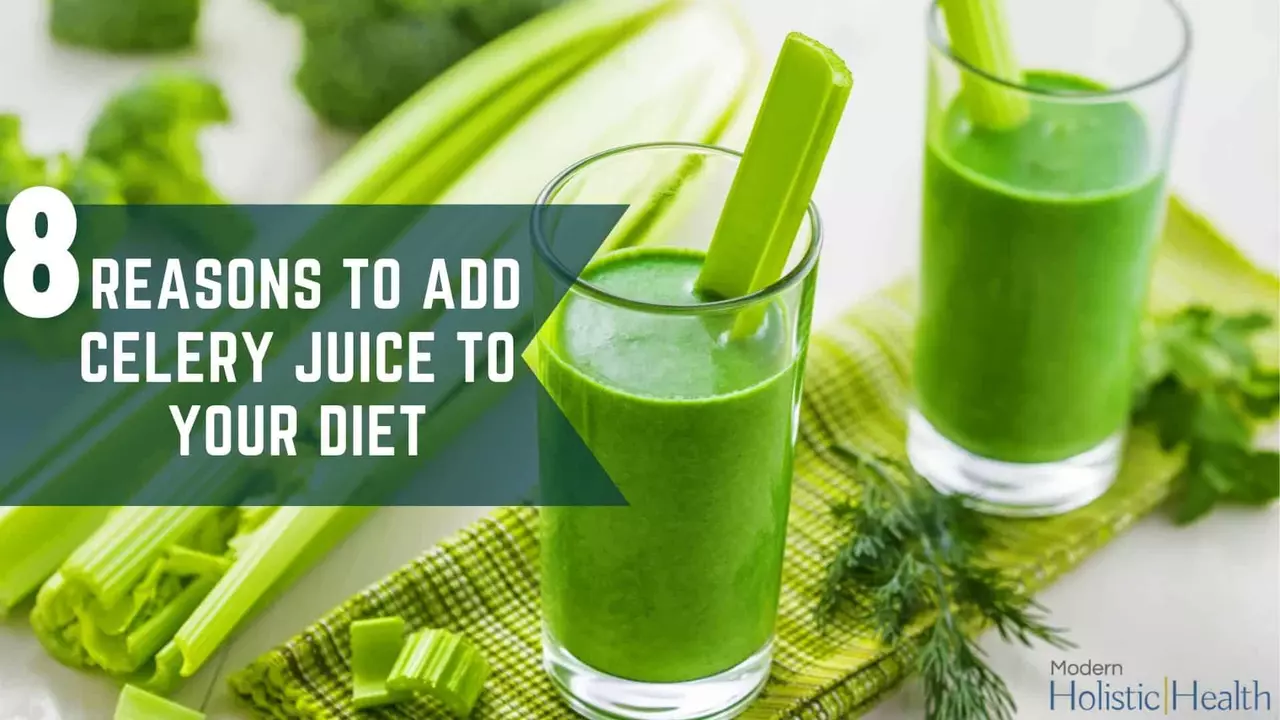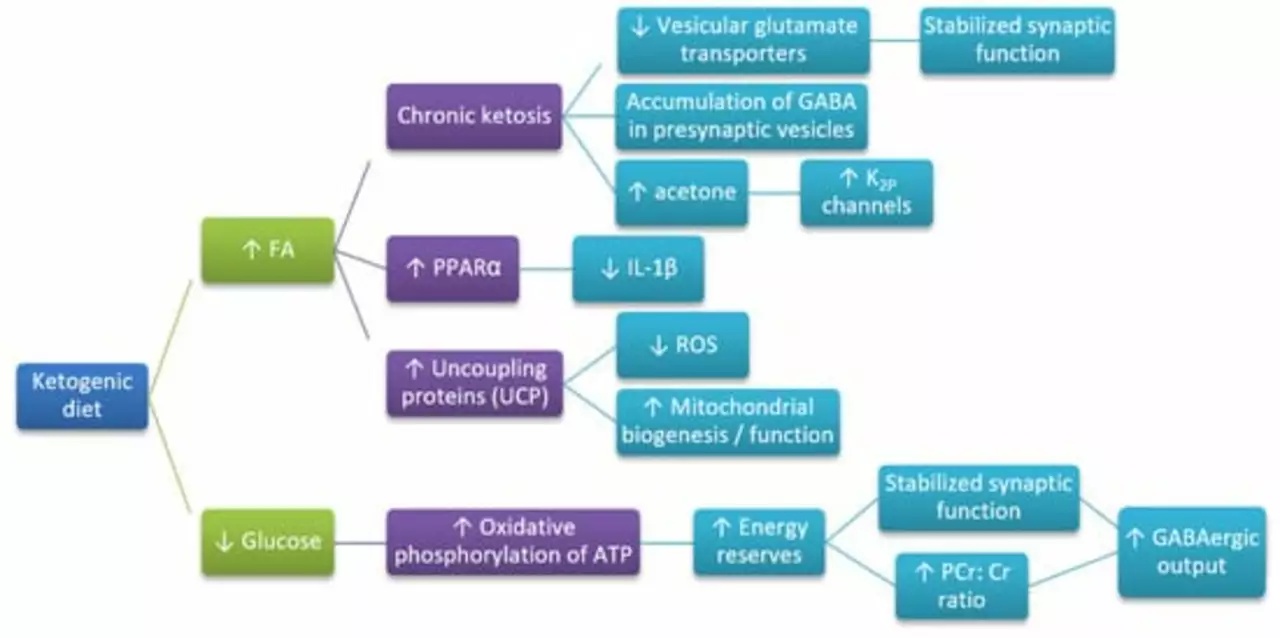Nutrition and Diet: Practical Guides for Everyday Eating
This category brings together clear, practical advice on eating habits, low-carb choices, and supplements you can actually use.
Want quick takeaways? Read short guides with carb counts, portion tips, nutrient breakdowns, and easy swaps.
Our chestnuts piece explains net carbs, compares chestnuts to other nuts, and shows portion tricks so you can decide if they fit your low-carb plan.
The celery article digs into active compounds, vitamins, and how a simple stalk or extract can support digestion, inflammation control, and daily nutrient gaps.
We also cover ketogenic diets for seizure management — who they help, typical results, and practical steps to try them safely with medical oversight.
What you'll find here
Clear carb tables, real portion photos, checklists for beginners, and short summaries of recent studies make the info useful and easy to act on.
Practical tips: track net carbs by subtracting fiber, weigh portions once, pair fats with carbs to blunt spikes, and test how your body reacts over a week.
How to use supplements and special diets safely
Talk to a clinician before big changes, check interactions if you take medicines, and start changes slowly so you can spot benefits or side effects.
If a guide suggests a supplement dose, treat it as a starting point — people differ in size, age, and medical needs.
Want a fast read? Try the chestnuts article for a carb reality check. Want natural anti-inflammatory ideas? Start with celery research. Managing seizures? Read the ketogenic diet overview and then speak to your neurologist.
We keep posts practical, link to studies, and update details when new evidence appears so you can make choices that fit your life.
Chestnuts are unlike almonds or walnuts. They behave more like starchy foods, so one or two roasted chestnuts can add noticeable carbs to a day on keto. If you want them, measure a single serving, subtract fiber when counting net carbs, and keep portions tiny.
Celery works best as a low-calorie snack and a source of vitamin K, potassium, and antioxidants. Picks vary: stalks give fiber and water, seeds or extracts concentrate active compounds. Start with a small amount and watch for digestion changes or reactions.
Different ketogenic approaches exist. Classic keto uses fixed fat-to-protein ratios, modified Atkins relaxes ratios while keeping carbs very low, and low-glycemic treatments focus on slow carbs. All need tracking of ketones, weight, and labs. Work with a dietitian and your doctor for testing and gradual changes.
Use a food scale, a carb-tracking app, and simple meal templates: a palm-sized protein, a thumb of healthy fat, and a cupped-hand of low-carb veggies. For non-keto days, swap chestnuts for sweet potatoes or use one small chestnut as a flavor accent.
Safety first: monitor labs like lipids and electrolytes, treat supplements as additions not replacements, and pause changes if you feel unwell. Browse the linked articles below for quick, practical steps. Want updates? Bookmark this category or sign up for occasional email alerts for free.




